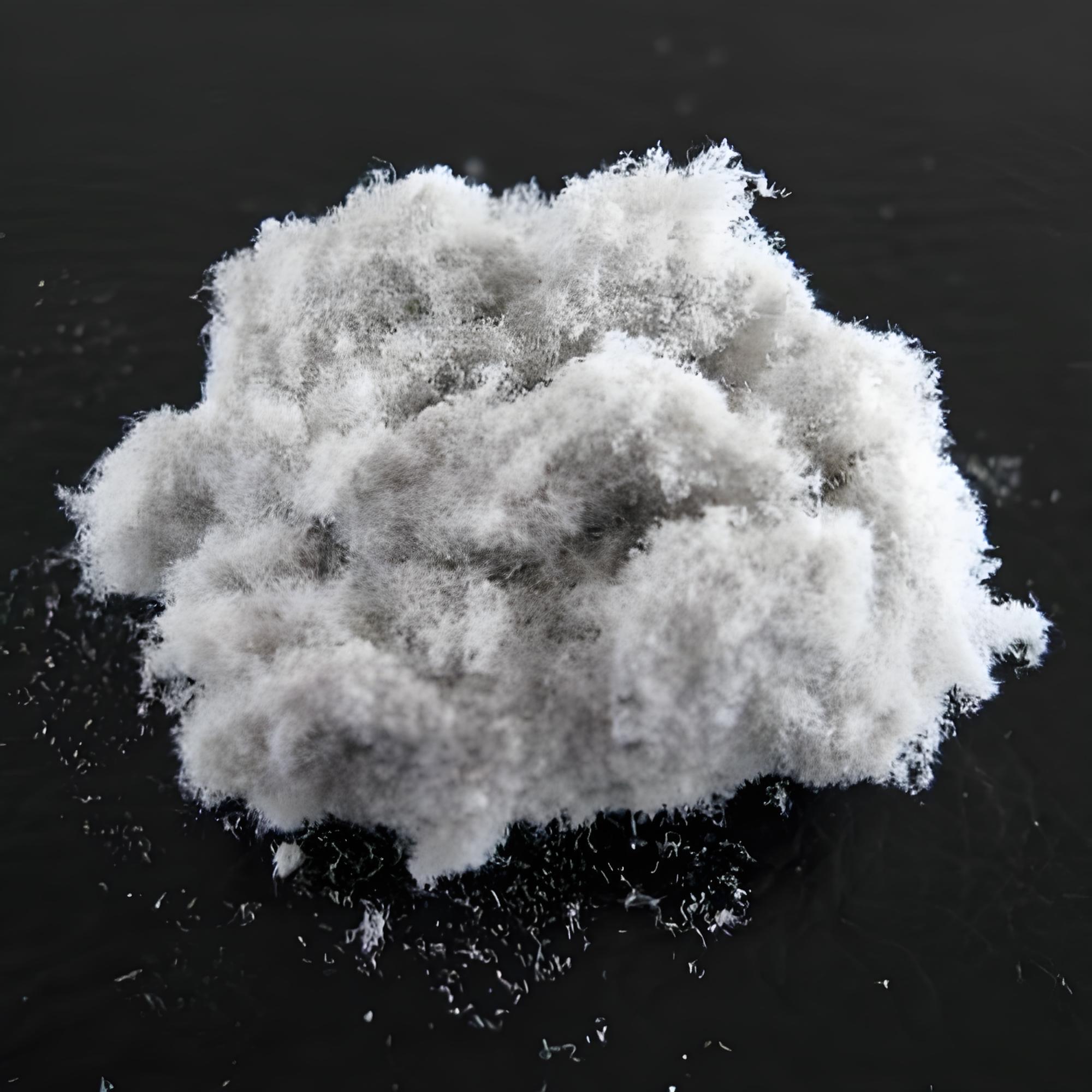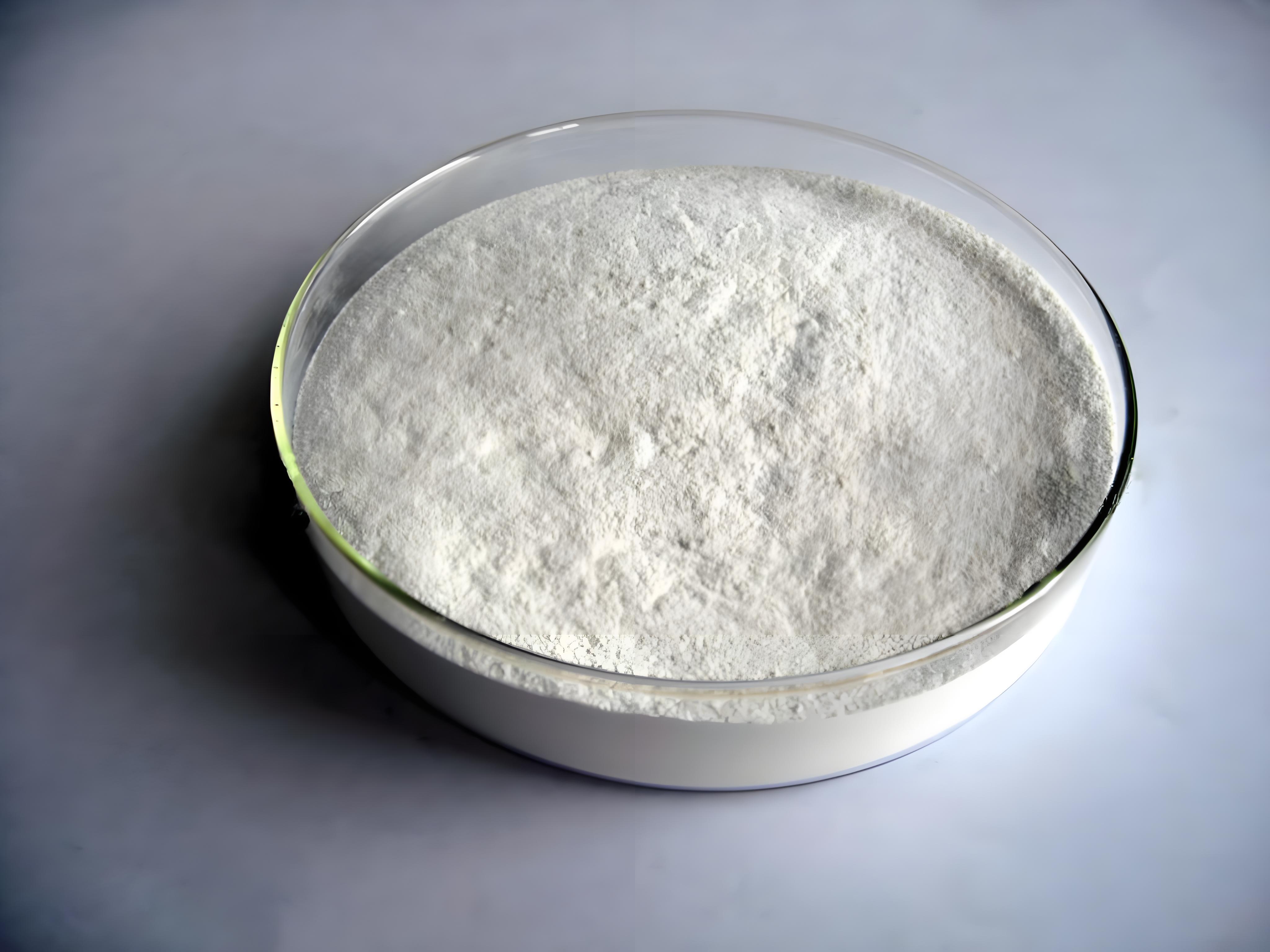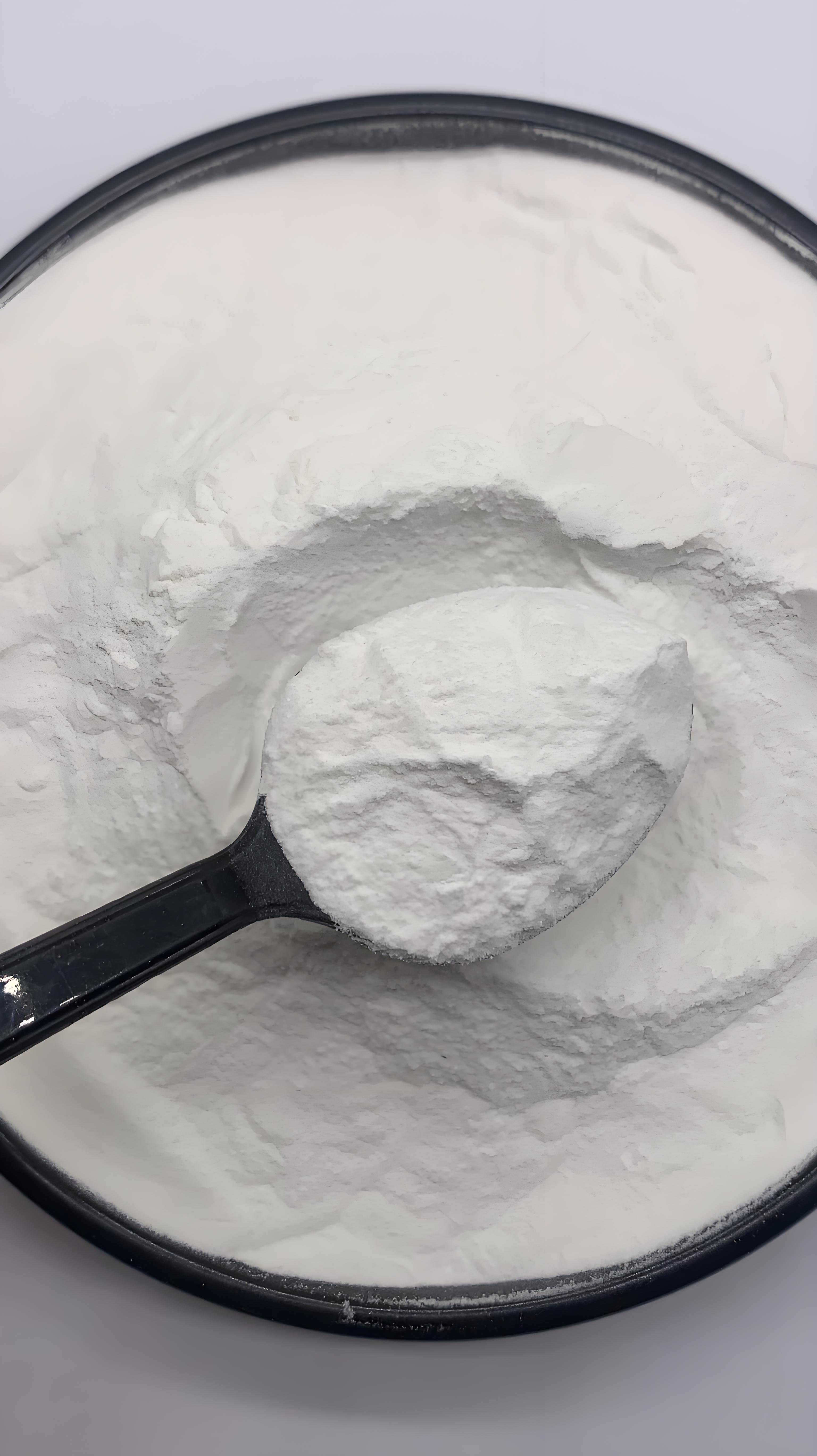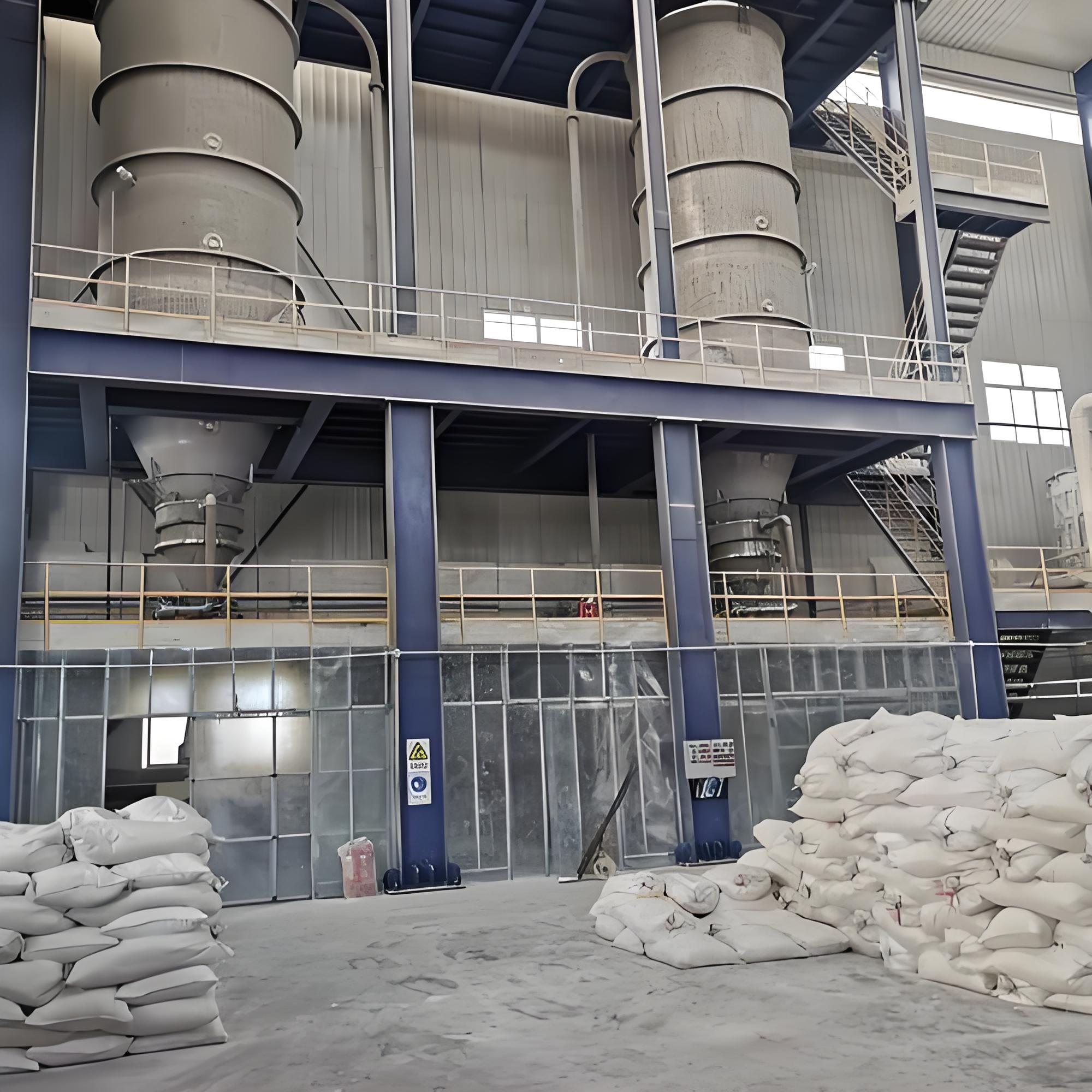Cellulose pneumatic conveying
On site photos of cellulose materials, Dongkai Company provides feasibility analysis, process design, engineering equipment, commissioning, and installation turnkey engineering services for cellulose material pneumatic conveying systems based on actual usage conditions on site
Cellulose is mainly divided into methyl cellulose (MC), hydroxypropyl methyl cellulose (HPMC), hydroxyethyl cellulose (HEC), and carboxymethyl cellulose (CMC)
Solubility
At room temperature, cellulose is insoluble in both water and general organic solvents such as alcohol, ether, acetone, benzene, etc. It is also insoluble in dilute alkaline solutions and can be dissolved in copper ammonia Cu (NH3) 4 (OH) 2 solution and copper ethylenediamine [NH2CH2CH2NH2] Cu (OH) 2 solution, etc
Cellulose hydrolysis
Under certain conditions, cellulose reacts with water. During the reaction, the oxygen bridge breaks and water molecules are added, causing cellulose to change from long-chain molecules to short chain molecules, until all oxygen bridges are broken and glucose is produced.
Cellulose oxidation
Cellulose undergoes a chemical reaction with oxidants, producing a series of substances with different structures from the original cellulose. This reaction process is called cellulose oxidation.



